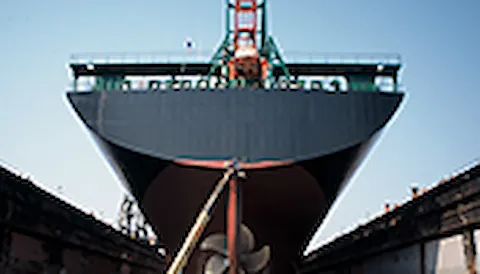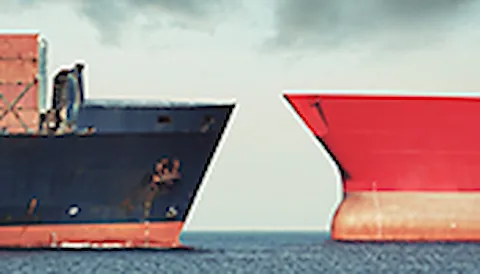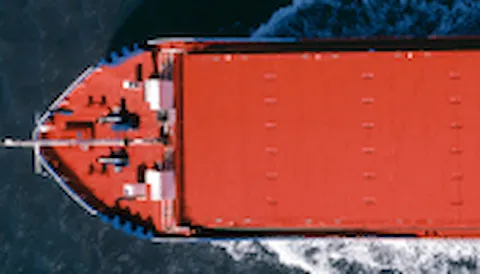DP Capability
A station-keeping capability standard for better benchmarking of dynamic positioning vessels
Reliable documentation of a vessel’s capability to keep position and heading is vital for the planning and execution of safe and reliable operations with dynamic positioning (DP) vessels. The vessel’s position- keeping capabilities should be clearly understood. This applies to both the intact vessel condition and redundant DP vessels, which has become even more important after the worst case single failures associated with the vessel’s Dynamic Positioning class notation.
Our standard, DNV-ST-0111 – Assessment of Station Keeping Capability of Dynamic Positioning Vessels, defines clear and consistent methodical requirements for DP station-keeping capability assessments. The standard also sets requirements for the documentation of the calculations and for the presentation and verifiability of the results. It defines three different DP capability levels based on the Beaufort environmental scale, each requiring a specific assessment method. DP capability plots shall be generated for each level, and the result of the assessment is expressed as a DP capability number. In addition, the standard defines two DP capability assessment levels that allow the inclusion of site-specific environmental data and external forces: Level 2-Site and Level 3-Site. The results of the site-specific analyses are presented by plots indicating the relevant wind speed limits for the given conditions.
| DP capability level | Level description | ||
|---|---|---|---|
| Level 1 | Level 1 is a prescriptive, quasi static calculation method for documenting ship-shaped mono-hull vessels, based on a static balance of environmental forces and thrust output. To facilitate vessel comparisons, predefined Beaufort-scale-based environmental conditions are used. | ||
| Level 2 | Level 2 is a more comprehensive quasi static calculation method. It allows for project-specific adjustments and is applicable for all vessel shapes. The Beaufort-scale-based environmental conditions are used. | ||
| Level 2 - Site | Same as Level 2 but allows for site-specific environmental data and external forces. | ||
| Level 3 | The Level 3 method provides more insight into the vessel’s DP capability performance by use of time-domain simulations. It also includes relevant vessel and environmental dynamics. Thus, the calculation provides more information on the station-keeping performance than the other DP capability levels. | ||
| Level 3 - Site | Same as Level 3, but allows for site-specific environmental data and external forces. |
Our DP capability services support you with:
- Online DP capability tool supporting Level 1 calculations (free) and Level 2 and Level 2-Site (Premium)
- Verification of the DP capability calculations
- Calculation of all Levels
- Population of the DNV Web app with fleet information
- Courses, webinars, and support for learning about the standard and application
- Calculation of environmental loads from advance Computation Fluid Dynamics (CFD)
Our DP capability standard and services enable you to:
Document station-keeping capability- Useful for benchmarking and vessel selection
- Prepare for actual wind, waves and current
- Optimize CAPEX and OPEX
- Project and site-specific adjustments (Level 2)
- Advanced time-domain simulations (Level 3)
- Optimize for operation – prepare for worst case
- Ideal for hybrid power solutions




